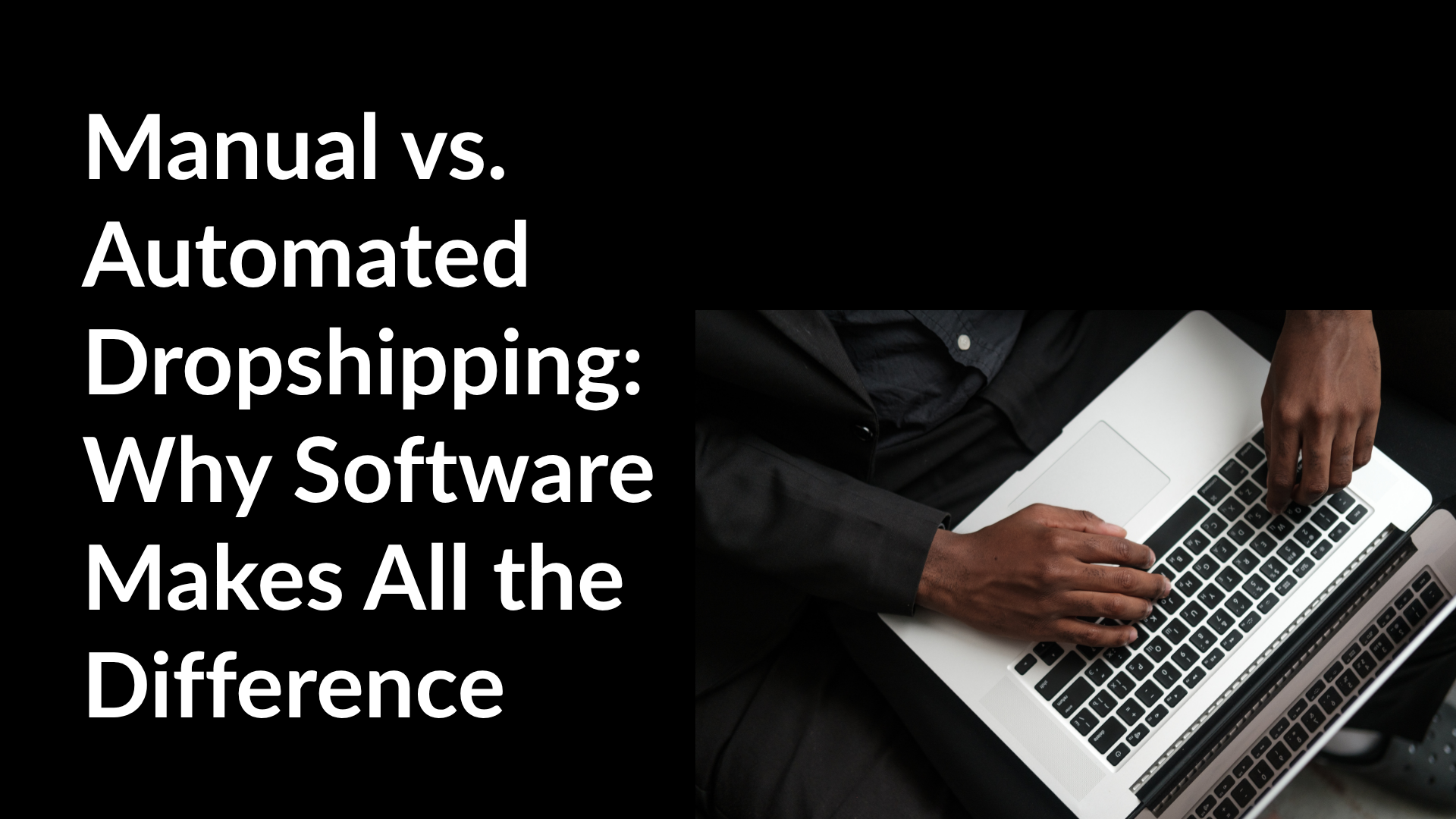The dropshipping model-selling goods without ever owning physical stock-has attracted aspiring online retailers for years, mainly because it requires so little upfront capital. Yet as e-commerce has matured and new entrants flood the market, the chasm that separates a stagnant side hustle from a thriving business now rests on a single factor: automation.
Ten years ago many dropshippers orchestrated every step by hand. They spun up product listings one at a time, sent orders to suppliers via separate emails, and cross-checked inventory against spreadsheets every morning. By 2025 that routine is not merely slow; it exposes sellers to errors that can tank a store overnight.
Today s landscape rewards sellers who respond in seconds rather than hours. Prices adjust, stock runs low, shipping bands shift regionally, and giants such as eBay, Amazon and Shopify penalize merchants for oversells, mislabeled fees or delayed dispatches. Because of this relentless tempo software automation has moved from optional perk to ironclad requirement.
Manual Dropshipping: The Cracks Beneath the Surface
On the surface hand-operated dropshipping looks quite doable. A new seller spins up a storefront, chooses items on AliExpress or from a nearby wholesaler, and posts them to Shopify or eBay. Sales trickle in and the merchant enters each one directly with the supplier. This painstaking method feels sustainable at first-but the illusion evaporates when order volume spikes.
Fulfilling just ten to fifteen daily orders soon feels like a full-time role. Each shipment demands a tracking number that must be located, typed in, and emailed. When stock runs dry, the listing has to go back live or a refund must be rushed. One stray price error can erase profit across an entire category. Human slips, though understandable, are still dangerous; in e-commerce, a single mistake can spark bad reviews, expensive chargebacks, or even account freezes.
A 2024 survey from eCommerceBytes questioned 1,100 independent sellers who do most work by hand. Sixty-two percent of them admitted to at least one serious fulfillment blunder every week. Of that group, twenty-one percent said their errors brought official warnings or new selling limits from the marketplace.
The problem grows worse when time zones and slow replies from overseas suppliers are added. An order comes in at 2 a.m., but the seller does not learn until 9 a.m. that the item is unavailable. Multiply that scenario across dozens of sales and the resulting damage to reputation-and to the bottom line-can be substantial.
The Rise of Automation Tools: From Backend to Frontend
Today’s automation tools are reshaping online retail from backend logistics to customer-facing sales. New dropshipping suites-AutoDS, DSers, Zendrop-go beyond speeding up tasks; they slash errors, boost precision, and lay the groundwork for true growth. Functions like inventory sync, order routing, dynamic pricing, and tracking alert now run in the background, freeing owners to scale the brand.
Each platform pulls live data straight from supplier catalogs, so stock levels and prices stay fresh. When a buyer checks out, the order is sent to the right vendor and, after dispatch, tracking details are emailed to the shopper-often with no input from the seller.
AutoDS clients, for instance, saw a 42 percent drop in late-shipment flags and a 38 percent drop in cancellations relative to manual handlers, the firm’s 2024 numbers show. That improvement goes beyond saving time; in a performance-driven market, it can be the difference between growth and shuttering the shop.
Modern pricing solutions empower merchants to adjust profit margins in real time. When supplier costs spike overnight, preset rules can raise retail prices across an entire storefront before the first customer wakes up. In contrast, sellers relying on spreadsheets discover hours, sometimes days, too late that their margins have vanished or that a popular product is being sold at a loss.
Competitive Pressure Demands Real-Time Performance
Consumer expectations have evolved. In the Amazon Prime era, delays are no longer tolerated. Shoppers expect immediate order confirmation, accurate delivery estimates, and proactive tracking updates. Platforms like eBay and Shopify penalize sellers who can’t meet those expectations.
Manual workflows simply can’t keep up. If a seller is asleep, on vacation, or just slow to process orders, delays ensue. A single day’s backlog can create a chain reaction of missed SLAs, negative feedback, and reduced visibility in search algorithms.
Automated dropshipping software doesn’t sleep. It processes orders in real time, flags issues instantly, and enforces seller-defined rules 24/7. It also provides data—from best-selling SKUs to supplier performance—that helps sellers optimize over time. Without this feedback loop, manual sellers are flying blind.
In crowded markets such as electronics, home goods, and clothing, the choice between light automation and full operational control typically separates 5 percent profit margins from persistent red ink.
Human Touch Still Matters — but It Is Strategically Applied
Automation does not eradicate the human role; it reallocates it. Where sellers once burned hours entering tracking numbers, they can now invest that time in customer service, supplier rapport, and perceptive market analysis.
Crafting persuasive product descriptions, spotting emerging trends, or negotiating favourable terms with manufacturers still profits from creative and contextual insight only a person can provide. The backend drudgery, however — order confirmation, inventory updates, status queries? Software executes it faster, more accurately, and without fatigue.
The leading dropshippers of today fuse heavy automation with informed human oversight. They let code commandeer the eighty percent of tasks that are mechanical, reserving their cognitive energy for the remaining twenty that fuels growth, brand personality, and competitive edge.
Conclusion: Scale Demands Systems
The gulf between manual and automated dropshipping is not measured in hours alone; it is measured in systems. In an environment where speed, precision, and agility often determine whether a seller survives the week, operators reliant on nothing but spreadsheets are invariably climbing their own regulatory hill.
Software distinguishes businesses by shaping both performance and resilience. It equips retailers with the capacity to scale, the agility to pivot, and the analytical tools needed to stay competitive. At its heart, dropshipping is a systems-driven model. By 2025, success in that model will depend on finely tuned code, not on routines of copying and pasting
















Post Comments